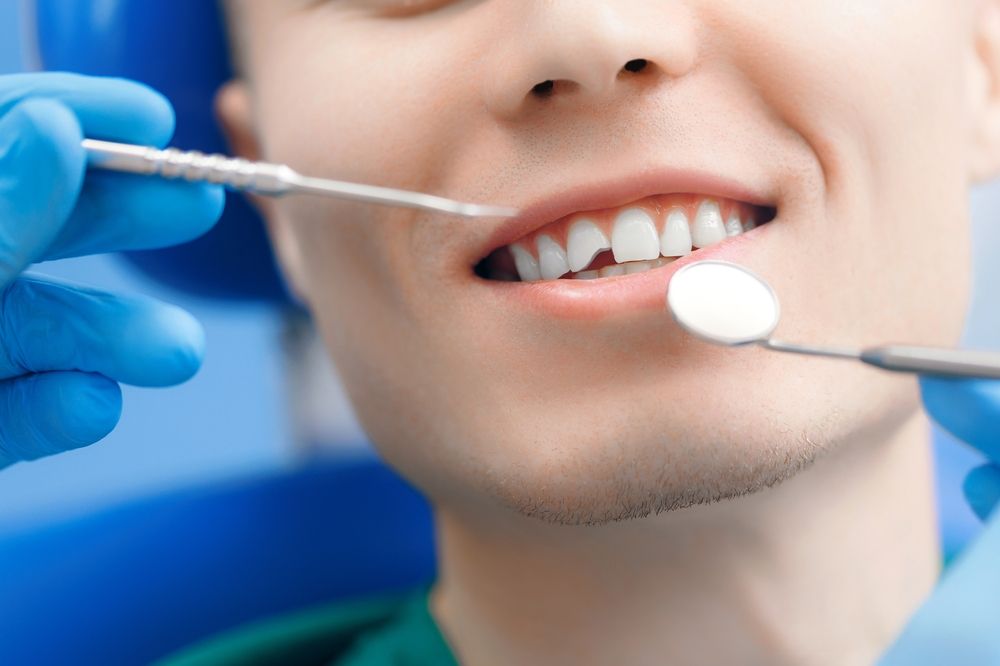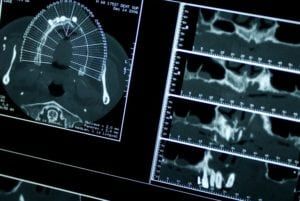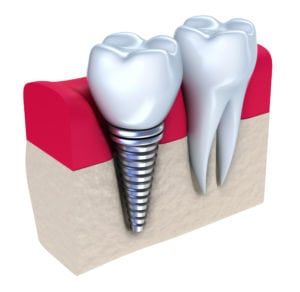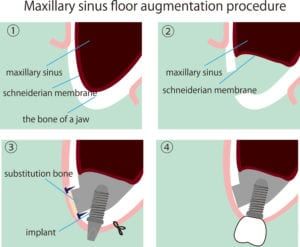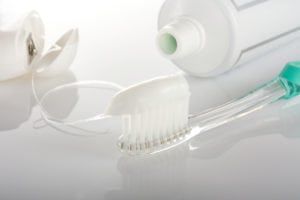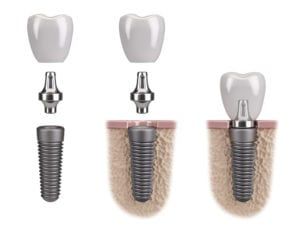Ridge and sinus augmentations are surgical dental procedures used to fill in areas of the gum line and underlying bone that have deteriorated as a result of tooth loss or extraction. Specifically, a ridge augmentation refers to the reconstruction of degenerated or underdeveloped gums, and a sinus augmentation refers to an enhancement of the amount and consistency of the maxillary jaw bone by lifting the sinus floor and grafting bone into the jaw line. These state of the art procedures are capable of restoring a natural appearance to, as well as making it possible for some patients to qualify for dental implants.
Did you know…
that tooth loss is not the only reason for getting a ridge or sinus augmentation? Many patients have deteriorated gum lines or inadequate jaw bone support caused by oral diseases, such as periodontal disease, or a physical trauma to the face. Others experience bone atrophy caused by prolonged denture wear. By grafting in bone and building up the gum line, a dentist can make it possible for a patient’s jaw and gums to support permanent dental implants.
Frequently Asked Questions
Am I a candidate for sinus or ridge augmentation?
You may be a candidate for a sinus or ridge augmentation if you have been denied dental implants in the past due to inadequate supporting tissues. You may also qualify if your receded gum line is a source of insecurity or embarrassment. To find out more about sinus and ridge augmentations and whether you qualify, contact your dentist for a consultation today.
What should I expect during a sinus or ridge augmentation?
Ridge augmentations begin with the administration of a local anesthetic used to numb treatment areas and prevent pain. Graft material will then be placed into the tooth socket where the missing tooth once was. Your dentist will then pull surrounding gum tissue over the graft material and suture it shut. Sinus lift augmentations are similar, except your dentist will instead make an incision to expose the sinus floor and use hard graft materials to build up the sinus floor. The site will be sutured shut and allowed time to heal before additional treatments, such as a dental implant, are completed.
Will I need to follow any special instructions following my procedure?
It is normal to experience some swelling and discomfort following your procedure though these symptoms should subside within a few days.

